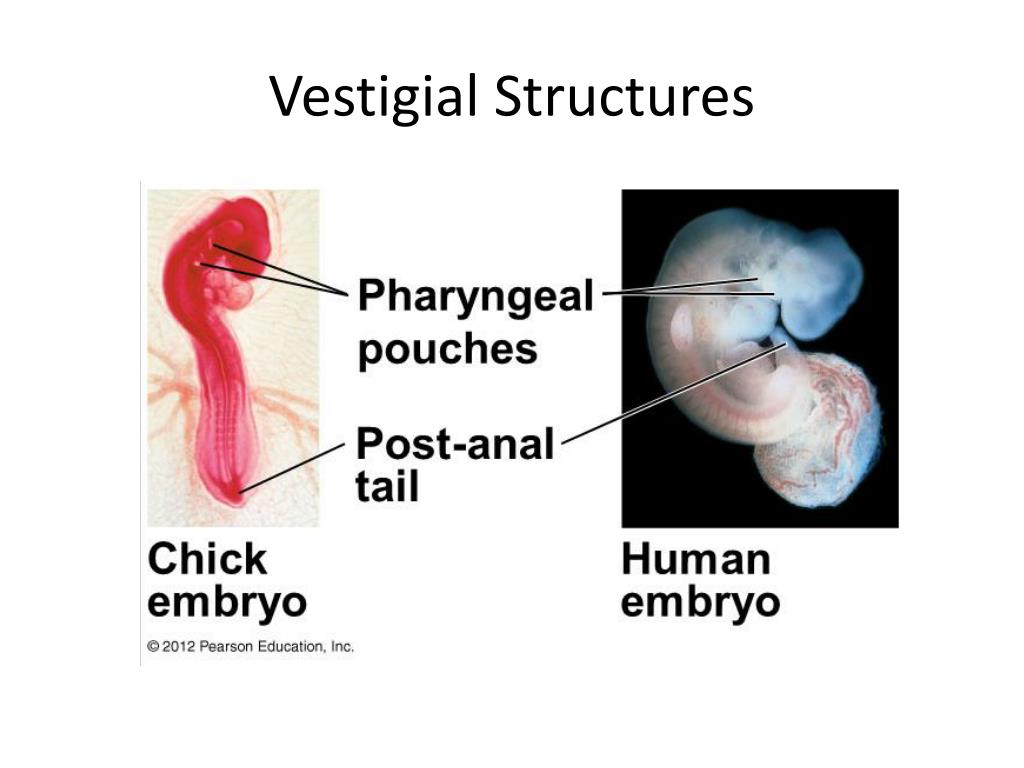

They contain a provision asking students to “Analyze and interpret scientific information that common ancestry and biological evolution are supported by multiple lines of empirical evidence.”Įmphasis is on a conceptual understanding of the role each line of evidence (e.g., similarities in DNA sequences, order of appearance of structure during embryological development, cladograms, homologous and vestigial structures, fossil records) demonstrates as related to common ancestry and biological evolution. Those standards include the Louisiana Science Education Act.

This is a textbook example of assumption passing as fact.I was recently reading over the Louisiana science standards, adopted this past March. The caption under the figure says that the pelvic bones “show structural change over time.” A bone itself cannot show structural change-that change must be inferred from the assumed ancestors and assumed ancestral function.


Even though it has a clear reproductive function, evolutionists call it a left-over from a time when whales walked on land. The figure on the left shows the supposed vestigial pelvis of a whale. But using observational science, it is impossible to identify exact ancestors or even the exact function of structures because observational science deals only with things that are observable in the present. This teaching is based on an assumption that is then passed off as science, an assumption that the ancestry and function of the structure is known. (Click to enlarge)Īlmost every secular biology textbook today includes a section on vestigial structures-structures that are supposed remnants from ancestors that have lost their original function or capacity. Biology: The Dynamics of Life, New York, McGraw-Hill, p.


 0 kommentar(er)
0 kommentar(er)
